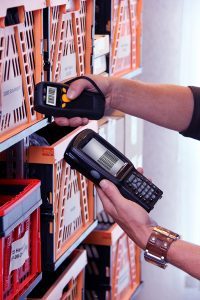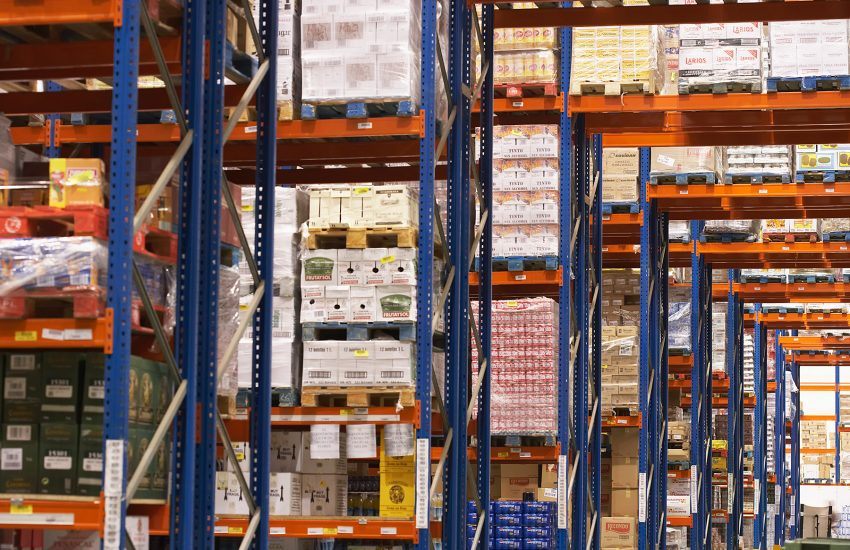Warehouses and distribution centers are vital components of today’s global supply chain, enabling the movement of goods and products throughout the world. As an industry, warehouses operate on thin margins and customers whose loyalty can change on a whim based on “Who can get me what I want the cheapest and fastest?”
As customer satisfaction and supply chain efficiency become more important drivers of warehousing operations, the industry is re-examining its perceptions of the business. Fewer organizations continue to view warehouses and DCs only as commoditized links between endpoints of the supply chain.
According to the 2019 Zebra Warehouse Vision Study, based on a survey of 1,400 operations and IT managers, only 38% of respondents are using a full-featured or best-of-breed WMS (warehouse management system) today. By 2024, that number is projected to reach 54%. Both automation and worker augmentation solutions will be a crucial focus for warehouse decision-makers’ plans during the next five years.
More than three-quarters (77%) of respondents agree that augmenting workers with technology is the best way to introduce automation in the warehouse, but only 35% have a clear understanding of where to start automating. With so many technology options available today – from augmented and virtual reality to automated equipment and robotics — it’s easy to see how warehouse decision-makers can feel overwhelmed.
The First Three Pillars of Automation: WMS, Barcodes and Mobile Barcode Scanners
If we hone in on the most inefficient warehouses, it’s the ones using paper-based tracking systems. Using pen and paper to carry out the business of a warehouse is a simple process that almost anyone can do, but unfortunately, it leads to severe errors and inefficiencies. Also, these practices make it impossible to account for inventory in real time.
 Implementing a WMS is the first step in reducing the time waste and errors associated with manual tracking systems, but the benefits of WMS can’t be fully realized until the other two pillars of automation are implemented — barcodes and mobile barcode scanners. Together, these barcode scanning technologies remove guesswork and inaccuracy from the equation. With that, warehouses can scan items as they arrive and leave and minimize duplicate notetaking and data entry. Additionally, by using wireless mobile scanners and industrial tablets, workers can perform inventory counts, lookups and picks in the work environment instead of wasting time walking to work stations.
Implementing a WMS is the first step in reducing the time waste and errors associated with manual tracking systems, but the benefits of WMS can’t be fully realized until the other two pillars of automation are implemented — barcodes and mobile barcode scanners. Together, these barcode scanning technologies remove guesswork and inaccuracy from the equation. With that, warehouses can scan items as they arrive and leave and minimize duplicate notetaking and data entry. Additionally, by using wireless mobile scanners and industrial tablets, workers can perform inventory counts, lookups and picks in the work environment instead of wasting time walking to work stations.
Research from handheld manufacturer Datalogic, for example, found that automated warehouses that used wireless handheld computers averaged $75,000 less per year in inventory errors than their manual counterparts. Using lean principles in conjunction with technology not only makes your warehouse more efficient, but it can also help you create a nearly paperless warehouse by eliminating paper pick tickets, packing slips and other paperwork. Workers can access orders in real-time on their mobile computers, scan the items and confirm that they pick the right things in the right quantities without ever picking up a pencil. Eliminating paper forms can add up to substantial savings over time, in addition to making your operation greener.

